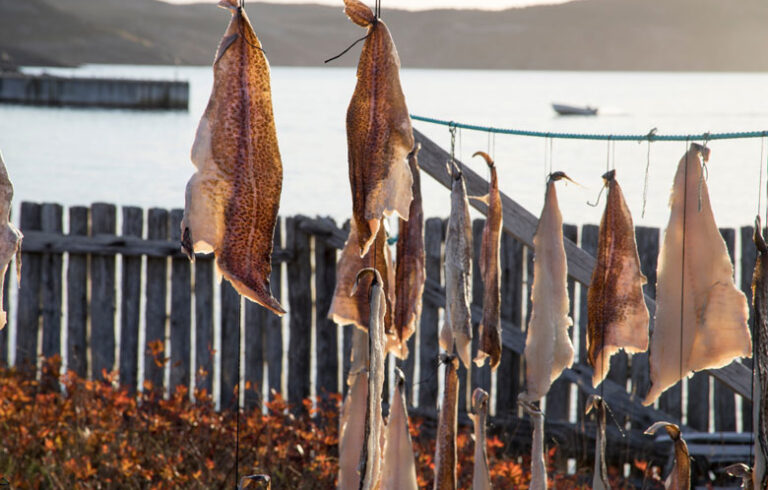Drive through the smallest no-stoplight town in the Midwest and you’ll encounter a hulking grain elevator. The ubiquitous structures define the landscape in the country’s grain-producing midsection. But what is one doing on the harbor in Rockland?
The answer, it turns out, involves mid-20th century competition between rail freight and maritime shipping, an ill-fated entrepreneurial venture—and chickens.
It was the early 1960s and an enterprising group of local business leaders hatched a plan to transform an unused parcel of harbor frontage at the foot of Mechanic Street in Rockland’s South End into working waterfront in support of the region’s burgeoning poultry industry.
Chicken production had seen meteoric growth across the state, especially in Waldo and Knox counties. By 1952, gross farm income from broilers, at nearly $24 million, was the state’s top agricultural product, with an economic impact rivaling that of the storied sardine canneries that dotted the Maine coast. Large processing plants employed hundreds in places such as Belfast, which proclaimed itself the “Broiler Capitol of the World” and hosted an annual festival that featured what was billed as the world’s largest chicken dinner.
By 1952, gross farm income from broilers, at nearly $24 million, was the state’s top agricultural product…
All those birds —mostly broilers raised for meat but also layer chickens for egg production—required feed.
Railroads had a monopoly on the transport of feed grain and producers complained that high freight costs were putting them at a competitive disadvantage to southern rivals. The Rockland plan called for the construction of a terminal for receiving grain shipments by barge, along with a mill to process it into feed, and four massive concrete silos.
The project attracted an influential champion, Sen. Edmund Muskie, who helped secure federal financing and in 1966, a modern grain mill and the first 100-foot-tall silo rose. Prock Marine, a mainstay on Rockland Harbor today, constructed a sturdy granite pier.
If there was celebration after a newly purchased 2,500-ton ocean-going barge brought the first grain delivery to Rockland in 1967, it was short lived. The railroads immediately responded to the ocean-faring competition, reducing their fees and eliminating the newcomers’ price advantage. Meanwhile, the venture proved to be tragically ill-timed; Maine’s poultry industry had passed its peak and entered a steep decline.
Only one barge shipment of grain was delivered to Rockland. Although the mill continued to process into the 1970s—with grain delivered by rail—the whole operation was a spectacular failure. The owners declared bankruptcy. Citizens who purchased bonds to help finance the enterprise never saw a penny in return. Within a few years of opening, Rockland’s grain terminal sat unused and mothballed.
After being foreclosed by the banks and passing into city ownership, the property was purchased by the Passamaquoddy Tribe in 1985 as part of a larger transaction that included other properties, notably the Dragon Cement operations in nearby Thomaston. The tribe sold off the Dragon plant within two years of acquiring it but has held the Rockland harbor front property ever since.
Over the years, various ideas were floated for the dormant site, including a municipal fish pier, reviving poultry operations, condominiums, and a Wabanaki heritage center, but none panned out. Some envisioned using the deepwater pier to serve an expanded commercial fishing fleet and early backers even made a play to be Maine’s landing point for ferry service to Nova Scotia, in the end losing out to Bar Harbor.
The current vision is to raze the structures and return the site to a working waterfront, potentially as part of a future aquaculture project the Passamaquoddy Tribe is pursuing at its Pleasant Point reservation outside of Eastport. But a spokesman cautioned that there is, so far, “no definitive plans… it’s a vision.”
Today, the fenced-off site is overgrown and a flock of pigeons roosts on the decaying silo and mill building, which sit as forlorn monuments to a vision from another time.
Paul Karoff is a Camden-based freelance writer. Until 2024, he was an associate dean at the Harvard School of Engineering and Applied Sciences and previously held senior communications and public affairs positions at nonprofit and higher education organizations and at a Fortune 100 Company.





